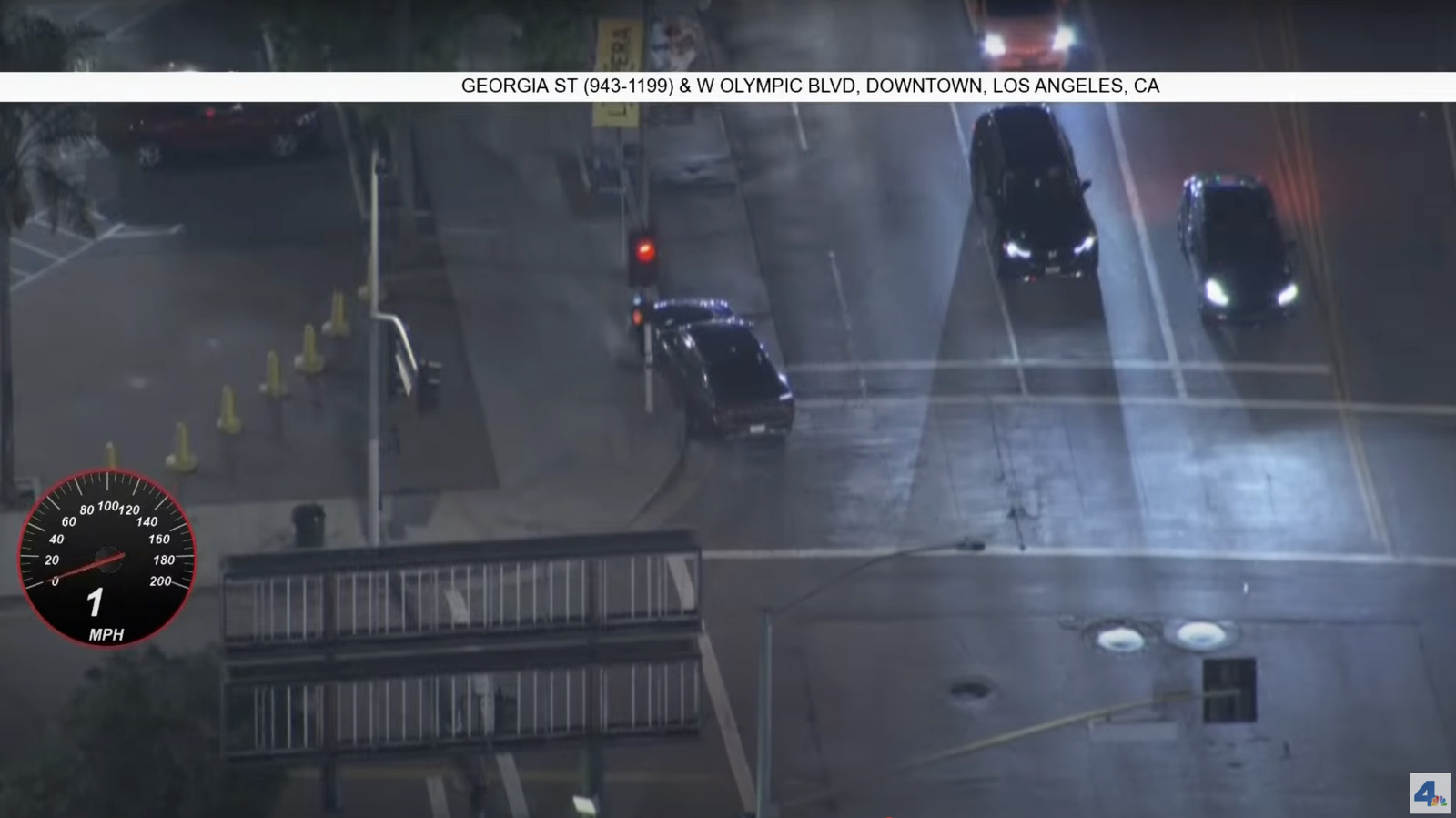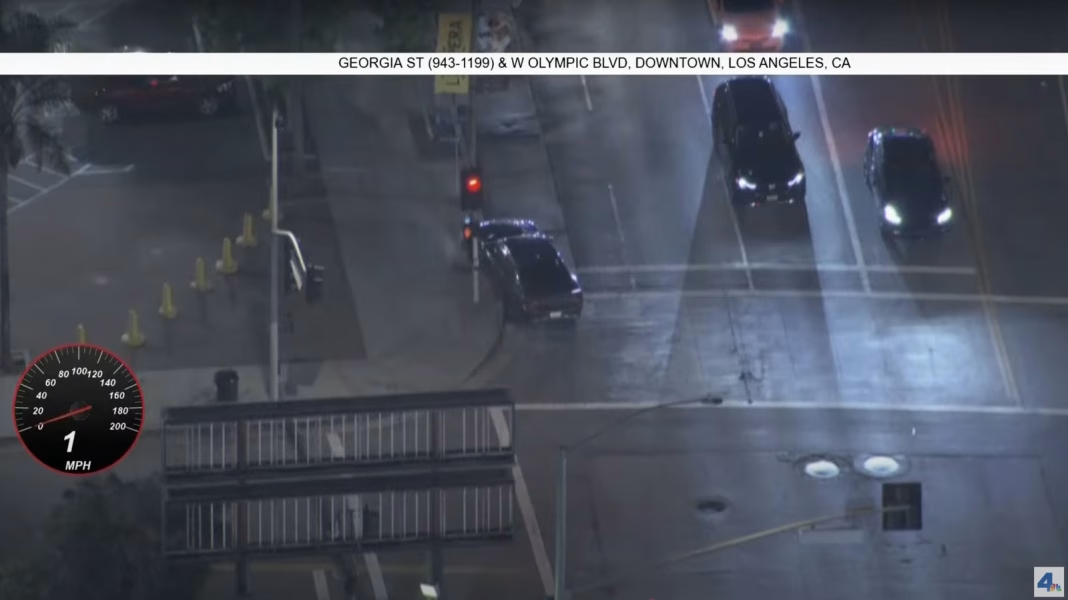Last Thursday night, a curious incident unfolded in Los Angeles that has left many scratching their heads. A driverless car found itself in a bit of a pickle, crashing into a pole after a police chase. But here’s the twist: this wasn’t one of the well-known autonomous vehicles from Cruise or Waymo. Instead, it was a lesser-known player in the driverless car game, raising questions about safety and the technology behind these vehicles.
What Happened During the Chase?
Imagine the scene: a police chase, lights flashing, sirens blaring, and in the midst of it all, a driverless car trying to navigate the chaos. This particular vehicle, which remains unnamed, was reportedly caught up in a situation that escalated quickly. As officers pursued a suspect, the autonomous vehicle, equipped with its own set of sensors and algorithms, attempted to make sense of the unfolding drama. Unfortunately, it miscalculated and crashed into a pole.
This incident highlights a critical point about the current state of autonomous driving technology. While companies like Cruise and Waymo have made significant strides in perfecting their systems, not all driverless vehicles are created equal. The technology varies widely, and not every vehicle on the road is equipped to handle high-stress situations like a police chase.
What Does This Mean for Autonomous Vehicle Safety?
The crash raises important questions about the safety protocols in place for driverless cars. How do these vehicles respond to unexpected scenarios? Are they equipped to handle emergencies, or do they simply follow programmed routes? The reality is that while autonomous vehicles are designed to reduce human error, they still have limitations.
According to a recent study by the Insurance Institute for Highway Safety, the majority of accidents involving autonomous vehicles occur during complex driving situations, such as merging onto highways or navigating through busy intersections. This incident in Los Angeles is a stark reminder that even the most advanced technology can falter under pressure.
The Role of Regulations and Testing
As the technology continues to evolve, so too must the regulations surrounding it. The National Highway Traffic Safety Administration (NHTSA) is actively working to develop guidelines for testing and deploying autonomous vehicles. However, the pace of innovation often outstrips regulatory frameworks, leading to gaps in safety measures.
In California, where many autonomous vehicle companies are based, the Department of Motor Vehicles has been scrutinizing the testing processes. They’re focusing on ensuring that these vehicles can handle a variety of driving conditions, including emergencies. The hope is that with stricter regulations and comprehensive testing, incidents like the one in Los Angeles can be minimized.
What Can We Learn from This Incident?
For those of us watching from the sidelines, this incident serves as a reminder of the complexities involved in autonomous driving technology. It’s not just about getting from point A to point B without a human behind the wheel. The real challenge lies in navigating the unpredictable nature of real-world driving scenarios.
As we look to the future, it’s clear that there’s still much work to be done. The big takeaway? Autonomous driving isn’t about perfection—it’s about smarter adjustments. Start with one change this week, whether it’s advocating for better regulations or simply staying informed about the latest developments in this rapidly evolving field, and you’ll likely spot the difference by month’s end.


